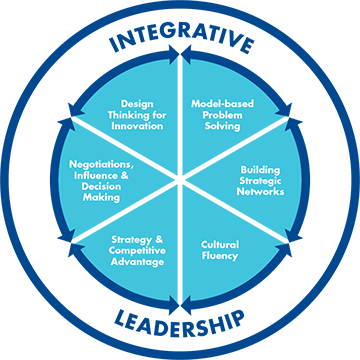More of our economic and social activity resides online than ever before, and more content continues to shift to the digital space. The amount of and types of data that organizations have access to continues to grow alongside this trend, meaning it is no longer possible for leaders to ignore data.
This data can be an enormous asset for organizations – if they know what to do with it.
It’s not enough to make investments in new technology and analytical talent any more. Those investments are important, but unless business decision makers understand data and analytics and how they can be useful to the organization, the effort is wasted. Leaders and managers need to be able to answer the following question: what do we want to know?
To answer that question, you need a basic level of data literacy. Leaders who have invested in their own data literacy are better equipped to direct their organization’s data efforts and investments because they understand the different ways data can be used. This allows them to identify immediate opportunities in their organization where they can best utilize data.
For example, if you have information about which items or services your customers purchase together, what would you use it for? A data literate leader might look at that information and have the insight that this information could be used to predict future purchases and even drive additional purchases from similar customers. You don’t need to be an analyst to make that connection, you just need to understand what can and cannot be done with data, and to approach that data thoughtfully. The most critical skill a leader can have in their toolbox is the ability to think.
One of the challenges leaders face when it comes to data is that their analysts use technical jargon with which they are not familiar, and it can be daunting to ask for clarification. A bad analyst uses jargon to avoid questions, but many good analysts simply forget, the way we all do, that not everyone uses those terms regularly or is familiar with them. No one wants to look like they don’t know what they’re talking about. Simply de-mystifying these analytics buzzwords and techniques can make it immediately easier to see the big picture and uncover deep insights.
There are a growing number of undergraduate and graduate programs in the areas of analytics, producing a generation of bright young analysts who can help an educated leader have a major impact on their organization. But in order to get there, leaders need to be able to articulate the skillset they are looking for, because the tools of the field are changing rapidly. How will you measure and evaluate the success of your efforts? What new technologies will you want to take advantage of? For example, in the next five years, artificial intelligence and machine learning will transform the way we do business. Leaders need to be ahead of this trend or risk being left behind.
Rotman’s Data Literacy program provides an intuitive introduction to these emerging technologies as well as insight into where and how they will have an impact. If you regularly receive reports or data, or if you are trying to build more data-driven and evidence-based teams, this program is ideal. You will learn how to ask the right questions to drive effective and efficient decision-making using data so that it becomes an intuitive and necessary tool for improving performance across the board.




